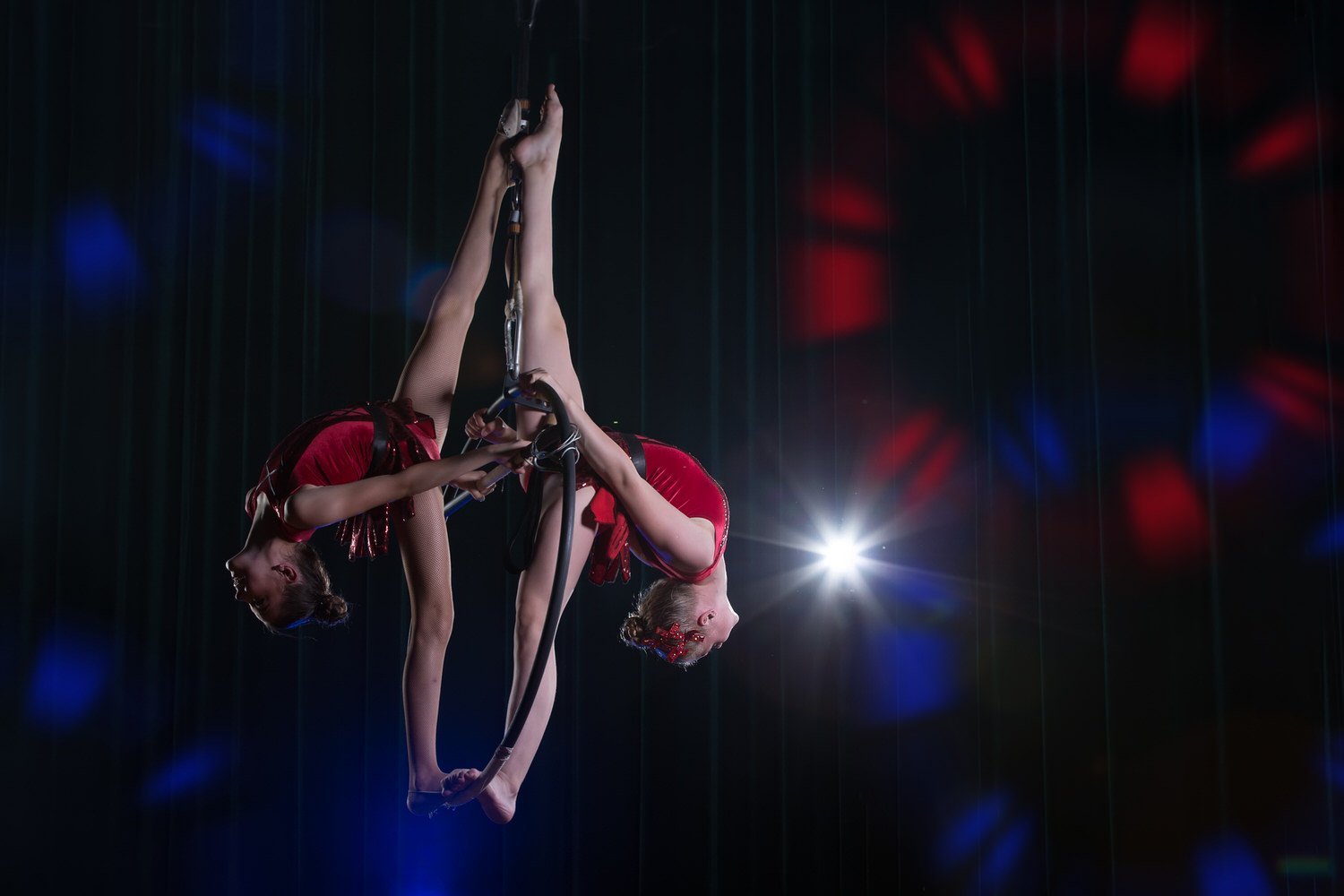
Acrobatic and Tumbling Classes
Dive into the world of Acrobatic and Tumbling Classes and discover how they can transform your fitness and flexibility. Uncover expert insights and tips to master these exhilarating routines!
Introduction:
Acrobatics and tumbling have been around for centuries, captivating audiences and enthusiasts with gravity-defying moves and jaw-dropping agility. With the surge of contemporary physical fitness trends, Acrobatic and Tumbling Classes are becoming the go-to for individuals seeking a thrilling yet beneficial workout routine. If you're curious about these classes or are looking to elevate your skills, this guide is for you!
Acrobatic and Tumbling Classes: The Foundation
Acrobatic and Tumbling Classes, often blended, offer a mesmerizing combination of strength, flexibility, and balance. The art of acrobatics involves performing complex sequences of flips, rolls, and jumps, while tumbling typically emphasizes gymnastic floor exercises without apparatus. Joining these classes can provide a robust workout and a chance to learn mesmerizing tricks!
Benefits of Acrobatic and Tumbling Classes
Physical Perks: Increased strength, flexibility, and cardiovascular health.
Mental Advantages: Boosted confidence, enhanced concentration, and stress reduction.
Community and Collaboration: Social interaction, teamwork, and the thrill of group performances.
Choosing the Right Class
Beginner Classes: Learn the basics safely and effectively.
Advanced Courses: Elevate your moves and tackle challenging routines.
Specialized Sessions: Cater to your unique interests, from aerial silk acrobatics to rhythmic gymnastics.
View Dance Classes at Oasis Dance Studio
Safety First: Preparing for Your First Class
Getting started can seem daunting, but with the right preparations, you can ensure a safe and fun experience. Here's what to consider:
Appropriate Attire: Opt for comfortable, form-fitting clothing. Loose garments might get caught during maneuvers.
Warm-Up Routines: Essential for preventing injuries and preparing the body. Think stretches, light cardio, and strength exercises.
Understanding Limitations: It's okay to start slow. Listen to your body and communicate with your instructors.
Equipment and Facilities: What to Expect
Your first time in an acrobatic class might feel like stepping into a wonderland of possibilities. Here's a sneak peek:
Mats: The foundation for safe practices. Ranging from soft mats for basic exercises to spring-loaded ones for high-intensity moves.
Apparatus: Rings, ropes, silks, and hoops - used predominantly in acrobatic routines.
Safety Gear: Helmets, knee pads, and wrist guards. Especially crucial for beginners.
Exercises to Get You Started
You won't be flipping through the air on your first day, but these beginner exercises can set you on the right path:
Forward Roll: The foundation for many tumbling moves.
Handstand: Boosts upper body strength and balance.
Bridge: Enhances flexibility and prepares you for backbends.
Tips and Tricks for Continued Progress
Acrobatics and tumbling are about consistent progress. Keep these insights in your toolkit:
Consistency is Key: Regular practice, even outside of class, can make a significant difference.
Record Your Sessions: Watching your maneuvers can help pinpoint areas for improvement.
Seek Feedback: Instructors and peers can offer invaluable critiques.
The Impact of Diet and Nutrition
Your body is your primary tool in acrobatics. Fueling it right can impact your performance:
Hydration: Essential for muscle function and recovery.
Balanced Diet: Focus on lean proteins, complex carbs, and healthy fats.
Supplements: Consider discussing with a nutritionist. Some athletes swear by magnesium for muscle relaxation or protein shakes for recovery.
FAQs
How often should I attend Acrobatic and Tumbling Classes?
It depends on your goals. Beginners might start with 2-3 sessions a week, while advanced enthusiasts could train daily.
Are these classes suitable for all ages?
Absolutely! There are specialized classes for kids, adults, and seniors.
Do I need a background in gymnastics to start?
Not at all. Beginners' classes cater to individuals with no prior experience.
How long before I can start performing complex maneuvers?
This varies from person to person. With consistent practice and the right guidance, most individuals can start attempting intermediate moves within a few months.
Is there a risk of injury?
Like any physical activity, there's a risk. However, with proper training, safety precautions, and guidance, these risks are minimal.
Can I practice at home?
Yes, but ensure you have the right equipment and enough space. Starting with basic exercises is recommended.
Conclusion:
Embarking on a journey through Acrobatic and Tumbling Classes can be an incredibly rewarding experience. Whether you're seeking a novel way to stay fit, or you're captivated by the art form, the world of acrobatics and tumbling awaits. Remember, every master was once a beginner. With dedication, practice, and the right guidance, the sky's the limit!
Check out additional dance classes like Pointe Dance, Acrobatic Classes, Tumbling Classes, Contemporary Dance, Adult Dance Classes, Jazz Dance Classes, Tap Dance, Hip Hop Classes, Ballet Classes, and Kids Dance Classes.
